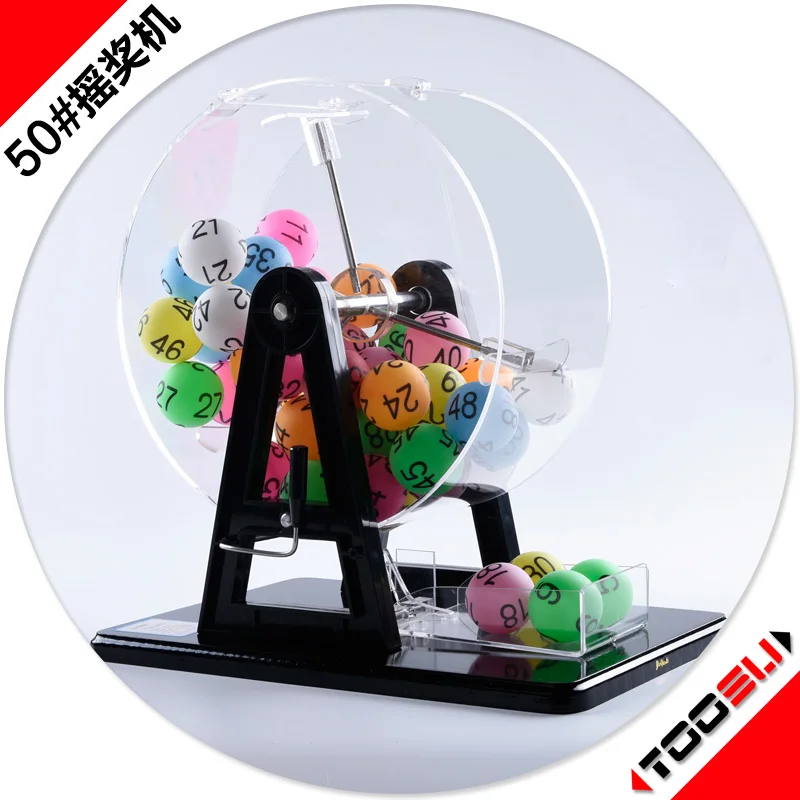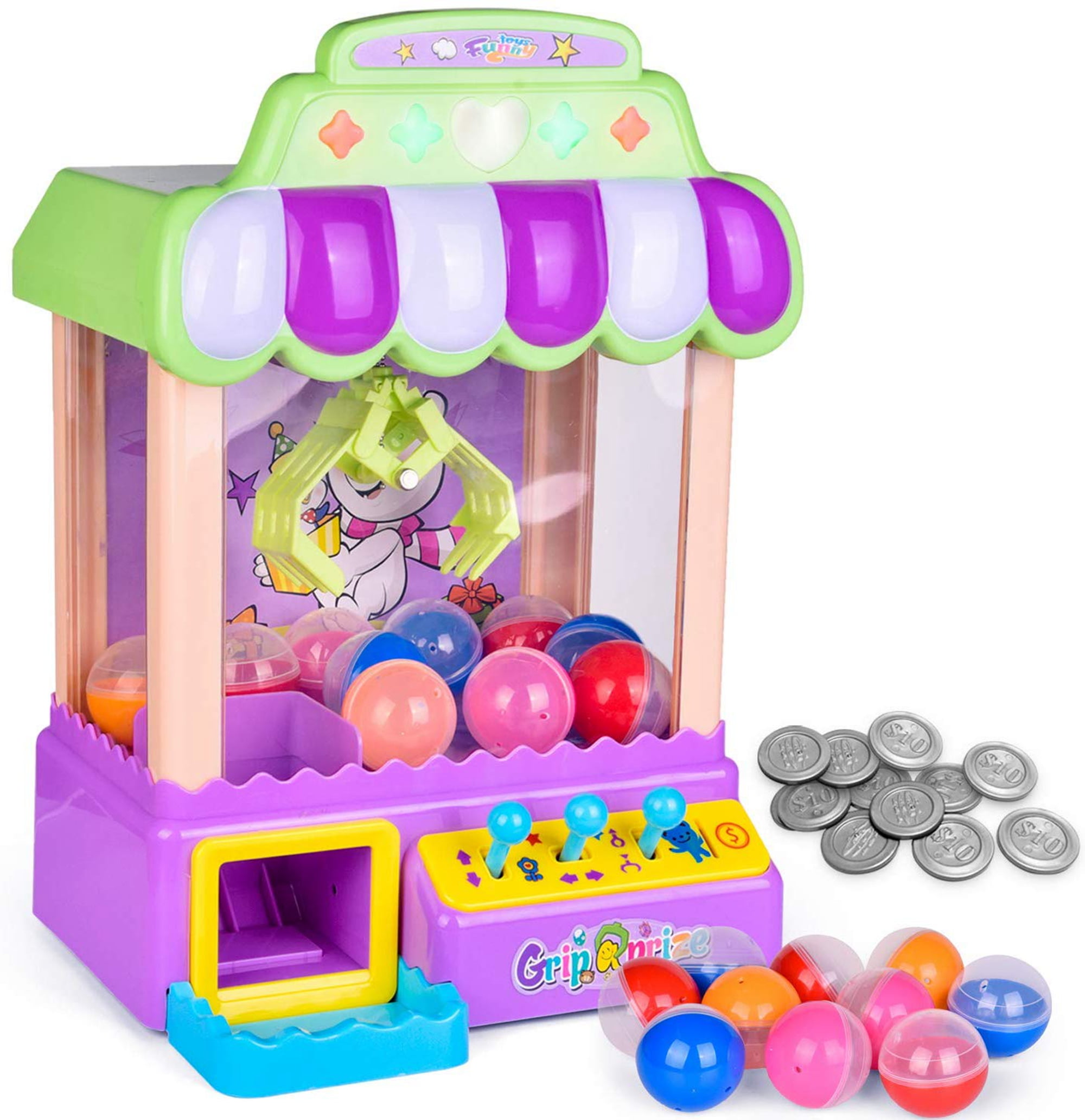
Hopefully, those new to ML and/or Houdini will find it interesting. I will be posting some updates here every now and then and (when things are in a more shareable state). Just a sneak peek of some toy Linear/Logistic Regression examples It’s certainly keeping things entertaining… one and all it’s worth it, Houdini is excellent to quickly prototype ideas and, if careful, things should stay quite performant too. The decision of not relying on any external libraries at this point in time comes at a price: I’ve had to invest some time solving problems that you would rarely spend time thinking about if you were trying to solve them elsewhere (i.e. In line with the aforementioned principle, my aim is to create a suite of nodes to solve common ML problems and keep it transparent, self-contained, easy to use and understand. It is a great platform for learning and sharing knowledge. This transparency empowers users to learn new things, be curious and become better content creators. Probably, my single most appreciated characteristic of Houdini is how transparent it is, especially compared to other content creation packages. What I want to do first is to implement some basic ML algorithms natively in Houdini mostly for didactic purposes which is why I don’t want to introduce any external dependencies.
COLOR MACHINE TOY SOFTWARE
However, using external Software is not what I am after at this stage… that will come in time. If that did not sound good enough already, through Task Operators (which leverage PDG) it’s easier than ever to incorporate external processes into your workflows, which raises the bar yet another level.
COLOR MACHINE TOY TRIAL
The possibility of leveraging PDG to generate or augment synthetic data, and ease the pain of the trial and error cycles inherent to building good ML models.Ībove all, Houdini is second to none when it comes to procedural content generation and that, in itself, is the first step towards AI-assisted creative workflows, an area where I have been focusing my attention more and more.

Excels at generating synthetic data on the fly.Easy to prototype experiments and run simulations.


Possibility to move data between different contexts and manipulating it in different ways.Easy to do parallel computing on large amounts of information.Below, just a few reasons that make me think of this piece of Software as potentially quite convenient for some ML tasks in the context of AI-aided content creation: There’s nothing sweeter than education, so Battat’s Numbers &. This is something that has been in the back of my mind for quite a while but I hadn’t had the time to seriously look into yet. There’s nothing sweeter than education, so Battat’s Numbers & Colors Gumball Machine offers a tactile learning experience as its treat. Over the last few days, I have spent a bit of time implementing some basic Machine Learning (ML) algorithms in Houdini.


 0 kommentar(er)
0 kommentar(er)
